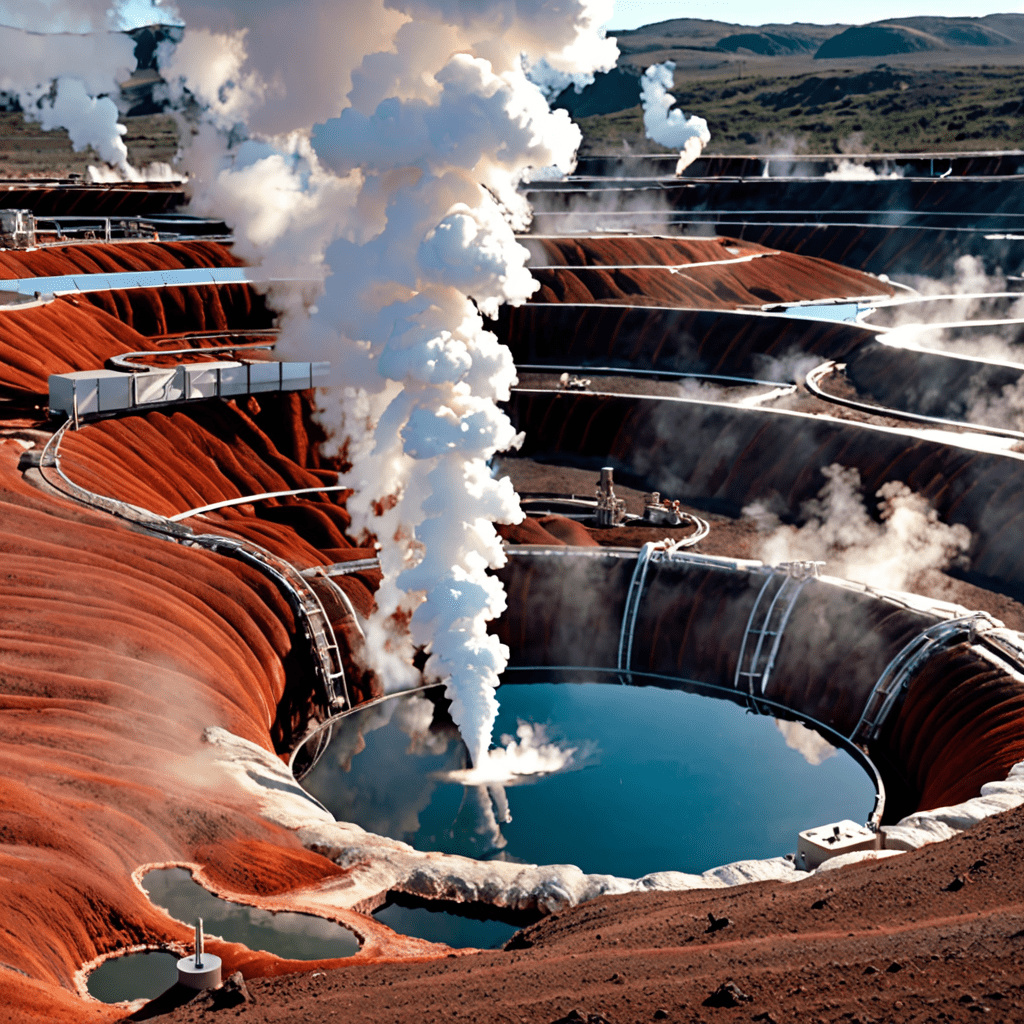
Exploring Geothermal Energy: Geothermal Heat Extraction Techniques
Introduction to Geothermal Energy
Geothermal energy harnesses the Earth’s heat to generate electricity and provide heating and cooling solutions for various applications. This renewable energy source has gained popularity due to its sustainability and efficiency in reducing carbon emissions.
Understanding Geothermal Heat Extraction
Geothermal heat extraction involves tapping into the natural heat reservoirs below the Earth’s surface. This process requires specific techniques to harness the heat effectively and convert it into usable energy.
Types of Geothermal Heat Extraction Techniques
1. Direct-Use Systems:
Direct-use systems involve pumping geothermal water or steam from underground reservoirs to the surface for heating buildings, drying crops, or other thermal applications.
2. Geothermal Power Plants:
Geothermal power plants utilize the Earth’s heat to produce electricity through steam turbines. There are three main types of geothermal power plants: dry steam, flash steam, and binary cycle plants.
Geothermal Heat Pump Systems
Geothermal heat pump systems utilize the stable temperature of the Earth just below the surface to provide heating, cooling, and hot water for residential and commercial buildings. These systems are highly efficient and environmentally friendly.
Enhanced Geothermal Systems (EGS)
Enhanced Geothermal Systems involve creating artificial reservoirs by injecting water into hot rocks deep underground. This technique enhances heat extraction capabilities in areas where natural geothermal resources are limited.
Challenges and Advancements in Geothermal Heat Extraction
While geothermal energy offers significant benefits, challenges such as high upfront costs, location-specific requirements, and potential environmental risks exist. Advancements in technology, such as improved drilling techniques and resource assessment methods, aim to overcome these challenges.
Conclusion
Geothermal energy, with its various heat extraction techniques, presents a promising pathway towards a sustainable and low-carbon future. By leveraging the Earth’s natural heat, we can reduce our reliance on fossil fuels and mitigate the impacts of climate change. As research and development in geothermal energy continue to progress, the potential for widespread adoption and utilization of this renewable energy source remains bright.
Frequently Asked Questions about Geothermal Heat Extraction Techniques
What are geothermal heat extraction techniques?
Geothermal heat extraction techniques are methods used to harness heat from beneath the Earth’s surface for various applications, such as generating electricity or heating buildings. These techniques involve drilling wells into hot underground reservoirs to bring the heated fluids to the surface.
How do geothermal heat extraction techniques work?
Geothermal heat extraction techniques work by utilizing the natural heat of the Earth’s core. Through drilling wells into geothermal reservoirs, hot water or steam is brought to the surface. This geothermal fluid is then used to generate electricity through turbines or directly heat buildings.
What are the primary types of geothermal heat extraction techniques?
The primary types of geothermal heat extraction techniques include flash steam, binary cycle, and dry steam systems. Flash steam systems utilize high-pressure hot water to produce steam for powering turbines. Binary cycle systems transfer heat from geothermal water to another fluid, which drives a turbine. Dry steam systems use steam directly from geothermal reservoirs to generate electricity.
Are geothermal heat extraction techniques environmentally friendly?
Yes, geothermal heat extraction techniques are considered environmentally friendly as they produce low levels of greenhouse gas emissions and have minimal impact on the surrounding environment compared to fossil fuel-based energy sources. Additionally, geothermal energy is a renewable resource that can be sustained for the long

